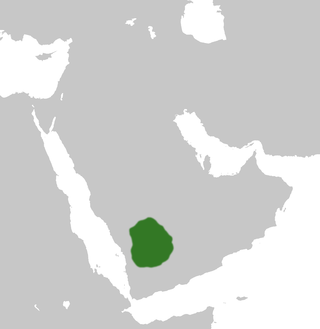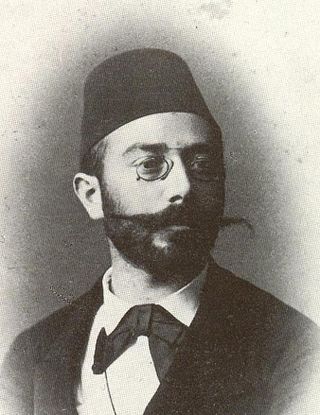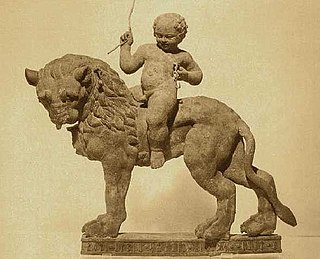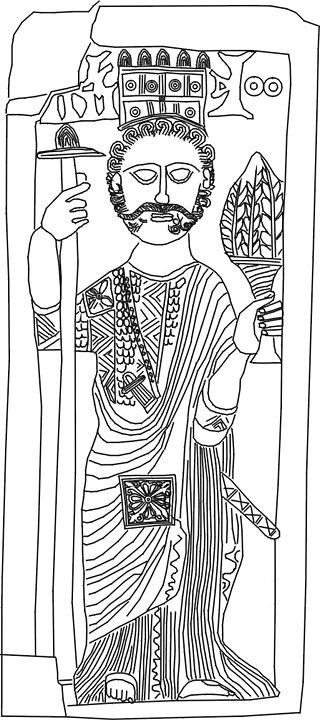Related Research Articles

Sheba is a kingdom mentioned in the Hebrew Bible and the Quran. Sheba features in Jewish, Muslim, and Christian traditions, particularly the Ethiopian Orthodox Tewahedo tradition. It was the home of the biblical "Queen of Sheba", who is left unnamed in the Bible, but receives the names Makeda in Ethiopian and Bilqīs in Arabic tradition. According to Josephus it was also the home of the biblical "Princess Tharbis" said to have been the first wife of Moses when he was still a prince of Egypt.

The Sabaeans or Sabeans were an ancient group of South Arabians. They spoke Sabaic, one of the Old South Arabian languages. They founded the kingdom of Sabaʾ in modern-day Yemen, which was believed to be the biblical land of Sheba and "the oldest and most important of the South Arabian kingdoms".

The Marib Dam is a modern dam blocking the Wadi or Valley of Adhanah in the Balaq Hills, located in the Ma'rib Governorate in Yemen. The current dam was built in the 1980s and is close to the ruins of the ancient dam, first built in the 8th century BC. It was one of the engineering wonders of the ancient world and a central part of the Sabaean and Himyarite kingdoms around Ma'rib.

The Minaean people were the inhabitants of the kingdom of Ma'in in modern-day Yemen, dating back to the 10th century BCE-150 BCE. It was located along the strip of desert called Ṣayhad by medieval Arab geographers, which is now known as Ramlat Dehem.

The ancient history of Yemen is especially important because Yemen is one of the oldest centers of civilization in the Near East. Its relatively fertile land and adequate rainfall in a moister climate helped sustain a stable population, a feature recognized by the ancient Greek geographer Ptolemy, who described Yemen as Eudaimon Arabia meaning Fortunate Arabia or Happy Arabia. Between the eighth century BCE and the sixth century CE, it was dominated by six main states which rivaled each other, or were allied with each other and controlled the lucrative spice trade: Saba', Ma'īn, Qatabān, Hadhramaut, Kingdom of Awsan, and the Himyarite Kingdom. Islam arrived in 630 CE and Yemen became part of the Muslim realm.

Eduard Glaser was an Austrian Arabist and archaeologist. He was one of the first Europeans to explore South Arabia. He collected thousands of inscriptions in Yemen that are today held by the Kunsthistorisches Museum in Vienna, Austria.

The Temple of Awwam or "Mahram Bilqis" is a Sabaean temple dedicated to the principal deity of Saba, Almaqah, near Ma'rib in what is now Yemen. The temple is situated 7 kilometres (4.3 mi) southeast of ancient Marib, and was built in the outskirts of the city. Although usually major Sabaean sanctuaries are located outside urban centers, its placement was probably for reasons of religious privacy, and to facilitate the conduct of rituals by arriving pilgrims from remote areas of Sabaean territories. Such patterns are observed in several temples from Al-Jawf and the Hadramawt.
Kaminahu is the name of an ancient South Arabian city in the northern al-Jawf region of present day Yemen, 107 km north-east of Sana'a at about 1100 meters above sea level.
Hermann von Wissmann was a German-Austrian explorer of Arabia.
Haram is an ancient city in the north of al-Jawf in modern-day Yemen, at about 1100 metres above sea level. It is bordered by the Yemen Highlands to the north, in the west by the ancient Kaminahu, in the east by the ancient Qarnāwu, and in the south by the Ghayl, otherwise known as the village of al-Ḥazm.

Sirwah was, after Ma'rib, the most important economical and political center of the Kingdom of Saba at the beginning of the 1st century BC, on the Arabian Peninsula. Ṣirwāḥ was surrounded by a fortified wall. The city layout inside the oasis included a number of large buildings.
Karibi-ilu was a Mukarrib of Saba' reigned in 700–680 BC. The name Karibi-ilu in Akkadian matches "Karab-El Bayin" in Sabaean, combined of "KRB-El" which means one who carries out the instructions of El and "BYN" one who removes punishment.
Ilasaros or Il Sharih Yahdhib was a king from the Bakil tribe, related to the Banu Hamdan, which took control over the Kingdom of Sabaʾ. He reigned between c. 60-20 BCE during a period of turmoil. His rule was contemporary with a rival tribe led by Sha'r Awtar.

Ancient South Arabian art was the art of the Pre-Islamic cultures of South Arabia, which was produced from the 3rd millennium BC until the 7th century AD.
Al-Masajid is an archaeological site from the Old South Arabian-Sabaean period, which lies at the edge of the Yemeni highland-basin, below the Jabal Ṣaḥl mountain range near the border with Qataban.
Yada'il Dharih I, son of Sumuhu'ali I was a Sabaean ruler (mukarrib). His reign is placed around 660 BC by Hermann von Wissmann and around 490–470 BC by Kenneth Kitchen.

Charibael was a South Arabian ruler described in and contemporary with the 1st-century AD Periplus of the Erythraean Sea.
Yitha'amar Bayyin II was a Sabean King of what is today Southern Yemen. He was also known as the son and successor of Sumuhu'ali Yanuf III. He is known for the construction of the Dam of Ma'rib according to inscriptions at the dam, and he rebuilt the fortification of the city Yathill.
Nashaq is the name of an ancient South Arabian city in the northern al-Jawf region of present-day Yemen, in the territory of the ancient Kingdom of Ma'in.
References
- ↑ Walter W. Müller (ed.) / Hermann von Wissmann: History of Saba' II. The great empire of the Sabaeans until its end in the early 4th century BC. (Austrian Academy of Sciences, Philosophical-Historical Class., Session Reports, Volume 402) Publishing House of the Austrian Academy of Sciences Vienna, 1982 ISBN 3700105169 (to Sumuhu'ali Yanuf II: pp. 219-224)
- ↑ Qataban, historie.
- ↑ Répertore d'Epigraphie Sémitique : 4814.